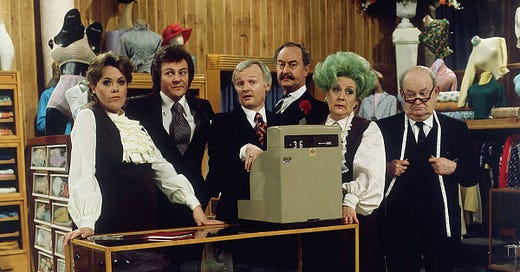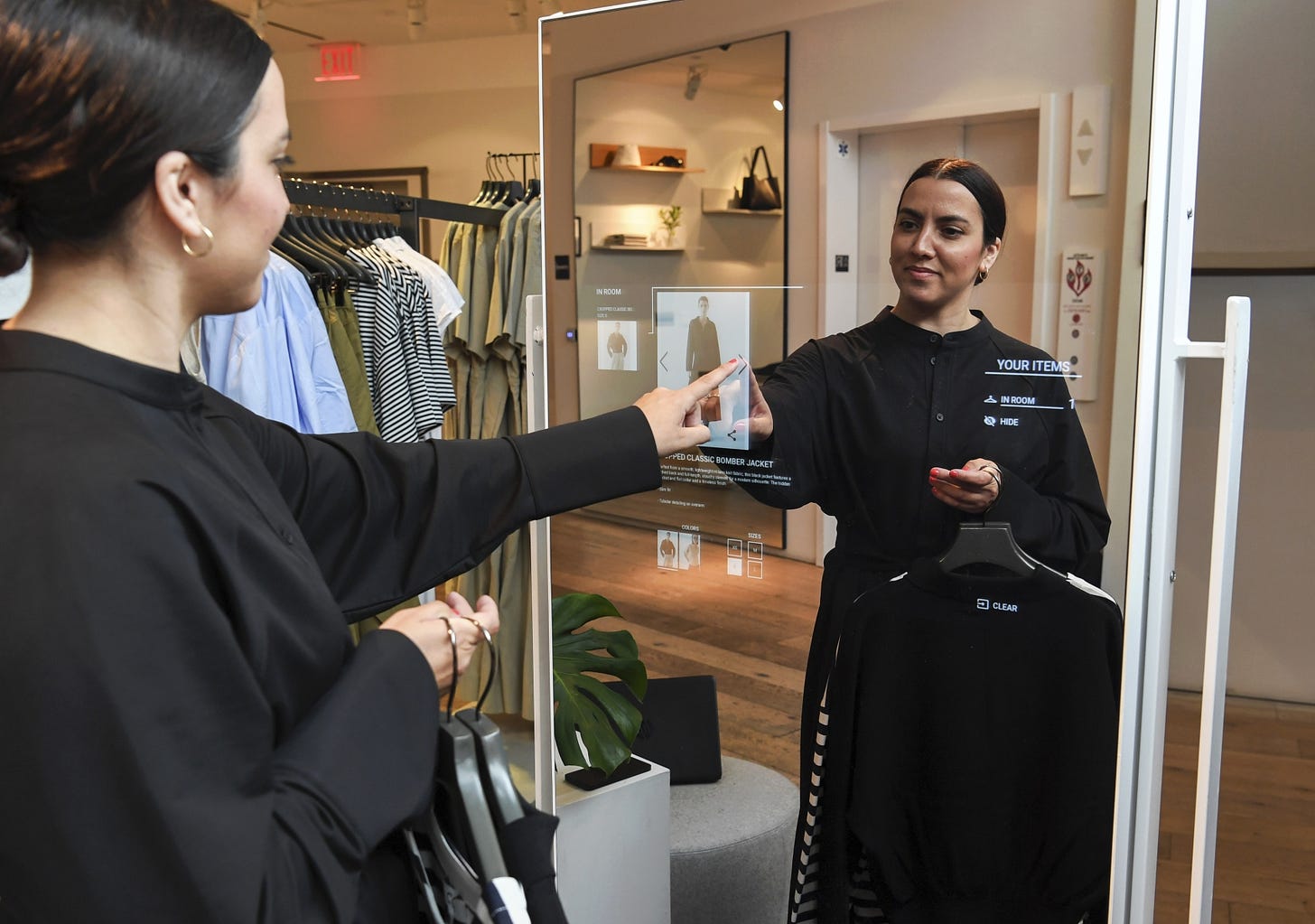Are We Being Served?
Rachel Reeves' budget will add billions to the tax bills of retailers, surely something somewhere has to give?
The dust might be settling on Rachel Reeves’ first Budget as Chancellor, but that is now giving way to plenty of angst from retail and hospitality leaders, faced with the prospect of billions being added to their cost base. And it’s easy to see why.
The NICs rate is increasing from 13.8% to 15% in April and the rate at which it becomes chargeable has been cut from £9,100 to £5,000. Added to that, businesses are also facing a 6.7% rise in the minimum wage, to £12.21 an hour, and from April, a doubling in business rates as a result of the decision to cut post-Covid relief from 75% to 40% on high-street businesses. With no prospect of a review of business rates until at least 2026, this is especially concerning for businesses.
Based on an analysis by Morgan Stanley, Tesco alone is facing a £1 billion increase in its national insurance bill this parliament, and Sainsbury’s boss, Simon Roberts has said that the impact of the Budget will lead to higher food prices.
Hospitality is equally hit hard by the changes, with more than 200 hospitality bosses highlighting to the Chancellor that the sector will incur nearly £14 billion of extra costs during this parliament.
“Put together, these changes will squeeze hours and employment in an industry that has already lost 200,000 jobs in the last three years. And that’s before we consider future changes to packaging and recycling costs, and the implementation of the Employment Rights Bill”
Helen Dickinson, CEO, BRC
And the question now on many people’s lips is, how will all this translate for consumers? The concern is that in the aftermath of a cost of living crisis and higher inflation, both retail and hospitality have already taken measures to drive efficiencies and reduce their cost base; the implication being that there’s very little more that can be found.
Already many have made statements regarding shifting priorities as a result of the Budget. Primark has said that they will look at investments outside the UK and The Entertainer has axed two new stores as a direct result of the NICs increases.
However, there’s one area that we can expect retail to continue to invest; self-service checkouts.
Much has been written about the merits of SCOs and it also remains a fact that they do have their fair share of detractors. However, some of this is largely historical - the days of ‘unexpected item in bagging area’ now largely consigned to being a distant memory, as SCO technology continues to improve.
The nature of service may feel as if it’s changing, but in reality, it’s evolving. Whilst many might look back with more than a hint of nostalgia at the nature of the analogue world of Mr Humphries and Mrs Slocombe in Are You Being Served, the reality is that the very nature of retail, and therefore, shopping, is changing. And SCOs are merely a part of that equation.
Because nowhere is that evolution more apparent than in physical retail. Post-pandemic, retailers the world over have a renewed focus on their physical presence, realising that whilst we enjoy the convenience of online, we value the intimacy of physical.
“Our customers expect retail experiences that are smooth, creative and fun while also catering to their individual, unique style”
H&M Group
And that physical journey is undergoing something of a transformation. What once was omni is now unified and the latest trick in town is to continue the online digital journey when in store. Connecting everything with everything has become the Holy Grail, because only then can a retailer have visibility of the complete customer journey and then be able to personalise that journey.
Elegant digital interfaces, utilising mobile and bridging the gap between online and physical means that retailers will be able to understand customer preferences, allowing them to tailor the experience, leading to increased conversion rates.
And more convenient ways to pay will form part of that in-store experience. As an example, M&S plan to install self checkouts in the changing rooms in 180 of their clothing stores, and in the US, H&M, through their COS brand, are trialling smart mirrors in their stores.
Image: H&M Group
Tech-enabled in-store shopping solutions provide customers with seamless payment options, personalised styling recommendations and faster checkout options. The H&M smart mirror also allows customers to request items without having to leave the fitting room.
The in-store shopping experience, driven by technology, is rapidly evolving and that can only be good news for the consumer. Are we being served? The answer is that we’ve probably never been served so well.
Andrew Busby is Senior Industry Specialist at BOXTEC





